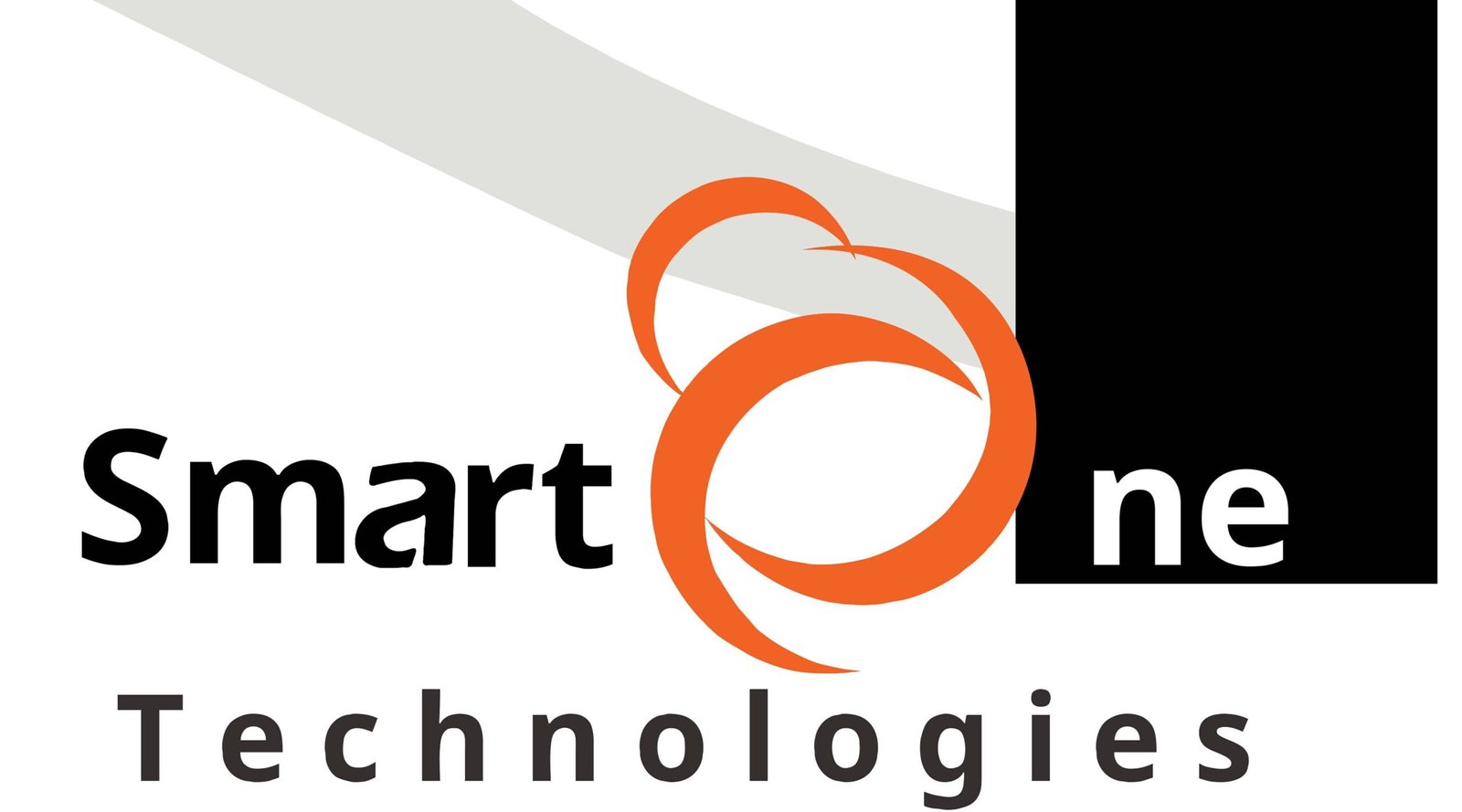Smart integration is a key innovation driver in a technology-driven world. Surface-mount devices (SMD) are at the heart of this revolution, quietly but powerfully transforming modern technology. We’ll embark on an adventure to explore the complex world of SMD displays and how they will shape the future.
Understanding SMD Screens
SMD screens represent a paradigm shift in display technology. SMD screens are a revolution in display technology. Unlike previous models, SMD displays use a new approach that allows components to be mounted directly on the board’s surface. The result is a more compact and sleeker design, improving reliability and durability.
The SMD screen has several unique features that set it apart from other displays. It delivers an unmatched visual experience on various devices with vivid colors, a crisp display, and a wide viewing angle. Its slim design and lightweight build make it perfect for applications that require a lot of space.
Applications Across Industries
SMD screens are incredibly versatile and can potentially transform virtually any industry. They are ubiquitous in consumer electronics, including smartphones, laptops, and tablets. Their ability to provide stunning visuals, immersive experiences, and other features has changed the way that we use these devices.
SMD displays have a far-reaching impact that goes beyond consumer electronics. They are used in the automotive industry as dashboard displays, heads-up displays, and infotainment displays. These provide drivers with vital information and entertainment on the road. SMD displays in healthcare allow medical professionals to view diagnostic images more clearly, which leads to better diagnoses and patient outcomes.
Benefits of SMD screens
The adoption of SMD displays offers many advantages over conventional display technologies. Their superior image quality provides a vivid viewing experience with deep blacks and sharp contrast. Their durability and reliability make them ideal for demanding environments with frequent vibrations, shocks, and temperature changes.
SMD displays are also highly efficient, using less energy than other screens while delivering the same performance. It not only increases the battery life for portable devices, but it also lowers operating costs and energy consumption in large installations. Their compact design allows more ergonomic and innovative device designs that enhance usability.
Smart Devices Integration
SMD screens are a great addition to smart devices. They are the main interface for users to interact with devices, whether they are fitness trackers or smart thermostats. They play an important role in the Internet of Things.
SMD screens, integrated into wearables such as smartwatches and augmented reality devices, are also at the forefront of the growing wearable technology industry. They improve wearable devices’ usability and functionality by providing real-time feedback, visual cues, and notifications.
Future Innovations and Trends
As we look to the future, the potential for SMD displays seems endless. Advances in manufacturing, display technology, materials science, and other technologies will unlock and expand the possibilities. Imagine screens that are thinner, lighter, and more versatile. They can conform to any shape or surface.
The integration of SMD displays with new technologies like artificial intelligence (AI), virtual reality (VR), or augmented reality(AR) promises to create entirely immersive experiences. The convergence of technologies will revolutionize how we interact with entertainment and information.
Problems and solutions
The road to the widespread adoption of SMD displays is certainly not free from challenges. Many obstacles must be overcome, from manufacturing complexity to cost considerations. However, these challenges can be overcome with the help of innovation, collaboration, and a commitment to sustainability.
Manufacturers can reduce costs by investing in R&D, streamlining the production process, using eco-friendly products and techniques, and embracing more environmentally friendly materials. This will make SMD screens affordable to a wider range of customers. Recycling and repurposing electronic waste will help reduce the impact on the environment of disposing of devices. This ensures that SMD screens can be enjoyed by future generations.
The conclusion of the article is:
In conclusion, SMD screens are much more than components. They’re agents of innovation and change. These screens will play an important role as we move into the age of intelligent integration. With their elegant design, superior performance, and limitless possibilities, SMD screens will redefine how we use technology.
FAQs
- What is the difference between SMD displays and traditional displays?
SMD screens use Surface Mount Device (SMD) technology. This results in improved design and performance, as well as excellent durability compared to traditional displays.
- Which industries benefit from SMD screens
SMD screens are used in various industries, including automotive, consumer electronics, health care, retail, etc.
- Future Trends for SMD Technology
In the future, SMD screens may become thinner, lighter, and more flexible or integrated with new technologies like AI, AR, and VR.
- What role can SMD displays play in smart integration?
The SMD screen is the preferred interface for smart devices. It allows seamless communication between technology and users in IoT, wearable, and smart home systems.
- What are the challenges associated with SMD screen adoption?
Innovative solutions, collaboration, and cost concerns are needed to address manufacturing complexity, environmental concerns, and costs.



One Comment on “Smart integration: The future of tomorrow is shaped by SMD screens”
5 Creative Ways to Utilize SMD Screens in Your Business - Smart One Technologies says:
[…] the possibilities are infinite. We’ll explore five innovative methods to make use of SMD screens for your […]